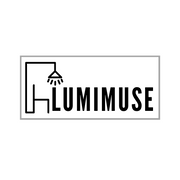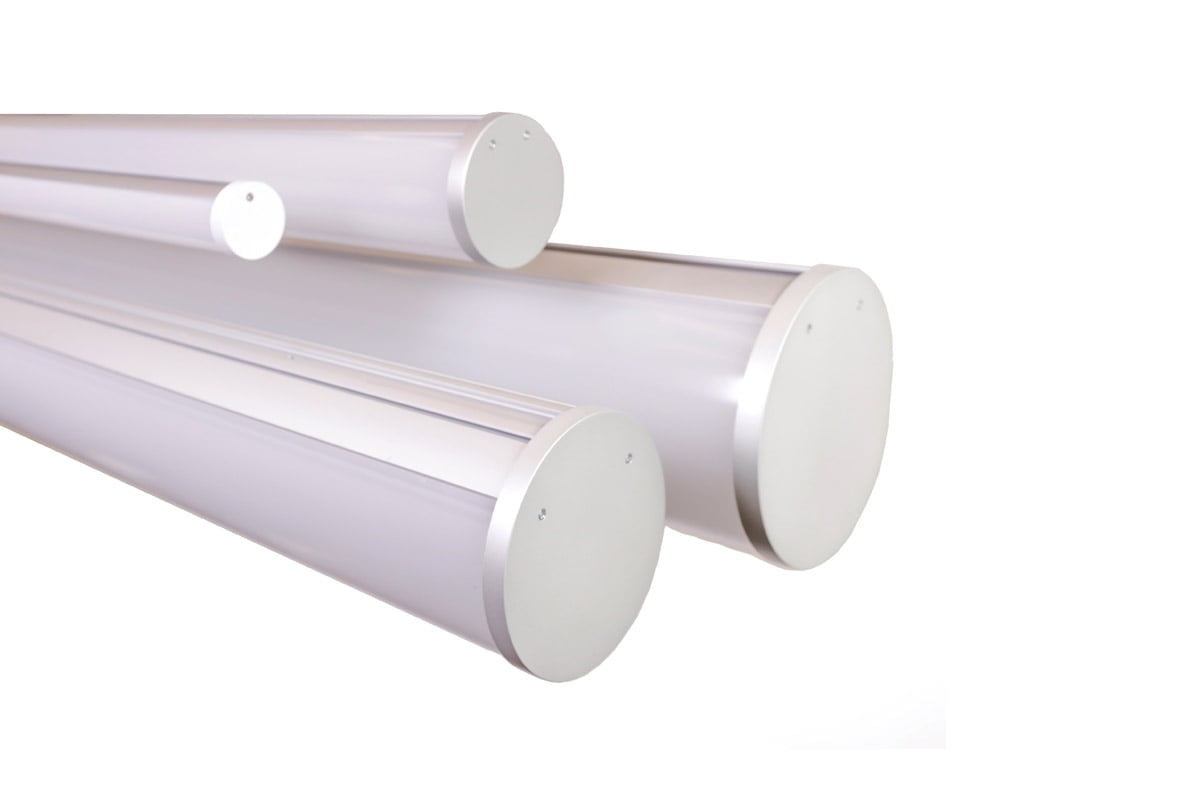Introduction
LED tube lights have gained popularity in recent years due to their energy efficiency, longevity, and environmental friendliness compared to traditional fluorescent lights. This article explores the advantages and disadvantages of LED tube lights, as well as important considerations when using them.
Advantages of LED Tube Lights
- Energy Efficiency: Compared to conventional fluorescent lights, LED tube lights use less energy and are therefore more energy-efficient.
- Extended longevity: LED tube lights require fewer tube replacements because of its extended longevity, which can reach tens of thousands of hours.
- Eco-Friendly: LED tube lights satisfy environmental standards by not including hazardous materials like mercury.
- Low Heat Generation: When LED tube lights are in use, they generate less heat, which eases the strain on air conditioning systems.
- High Brightness: The high brightness levels of LED tube lights produce pleasing lighting effects.
- Instant Start: LED tube lights don't need to warm up before reaching maximum brightness.
Disadvantages of LED Tube Lights
- Higher Cost: LED Tube Lights have a higher initial investment cost compared to traditional fluorescent lights.
- Beam Angle Limitation: LED Tube Lights typically have a narrow beam angle, requiring more fixtures to achieve comprehensive lighting.
- Color Consistency: LED Tube Lights may have variations in color consistency, requiring careful selection of light sources.
- Complex Optical Design: LED Tube Lights require complex optical design, necessitating expertise to ensure optimal lighting effects.
- Light Degradation: Over time, LED Tube Lights may experience light degradation, affecting lighting performance.
Overall, LED Tube Lights offer numerous advantages in terms of energy efficiency, longevity, and environmental friendliness, but they may come with higher costs and considerations regarding light quality and design complexity.
When using LED Tube Lights, it is important to keep the following points in mind:
- Proper Installation: Ensure that the LED Tube Lights are installed correctly and securely to prevent shaking or instability that could pose a safety hazard.
- Voltage Requirements: Confirm that the LED Tube Lights' voltage requirements match the actual power source being used to avoid damage from unstable or excessively high/low voltages.
- Environmental Conditions: LED Tube Lights are typically suitable for indoor use. Avoid exposing them to damp, high-temperature, or dusty environments to prevent affecting the lifespan and performance of the lights.
- Usage Scenarios:Choose the appropriate LED Tube Lights based on different usage scenarios to ensure that their brightness, color temperature, and beam angle meet the requirements.
- Heat Dissipation: LED Tube Lights generate some heat during use. Ensure there is sufficient space for heat dissipation to prevent overheating and potential performance issues.
Summary
LED tube lights offer significant advantages, including energy efficiency, extended longevity, eco-friendliness, low heat generation, high brightness, and instant start. However, they come with disadvantages such as higher initial costs, beam angle limitations, color consistency issues, complex optical design, and light degradation over time. To maximize the benefits of LED tube lights, proper installation, matching voltage requirements, suitable environmental conditions, appropriate usage scenarios, and effective heat dissipation are crucial. The FAQs address common questions about LED tube lights, emphasizing their benefits over traditional fluorescent lights and providing insights on troubleshooting issues like dimming or flickering lights and testing LED tubes. Overall, LED tube lights provide a superior lighting solution with careful consideration of installation, maintenance, and usage factors.
FAQ
1.Which is better LED light or Tubelight?
LED tube lighting is the better choice because it lasts about 40,000 hours longer in testing, is more energy efficient, will save you more money, and will leave less impact on the environment. If you are interested in learning more about our LED offerings, please use our contact form.
2. What happens if you put LED bulbs in a fluorescent fixture?
You can get retrofit LED tubes for most fluorescent fixtures. The distribution of light may vary with LED, and heat may reduce the life and light output of the LED. Many fluorescent fixtures are cheaply made, and provide a poor quality of light.
3. Why do my LED lights keep burning out?
Several factors can cause LED lighting to burn out quickly, from improper wattage and voltage to environmental conditions that can cause corrosion and overheating. Loose wire connections or incorrect wiring can also lead to premature failure in some cases too.
4. How do you know if LED lights are bad?
If you notice the lighting levels gradually dimming or flickering, it's a sign that you have an issue with your LED driver. It's possible that the driver isn't supplying enough power to operate and maintain peak performance.
5. How do you test a LED fluorescent tube?
Testing LED lights is simple with a digital multimeter, which will give you a clear reading of how strong each light is. The brightness of the LED while you test it will also indicate its quality.

